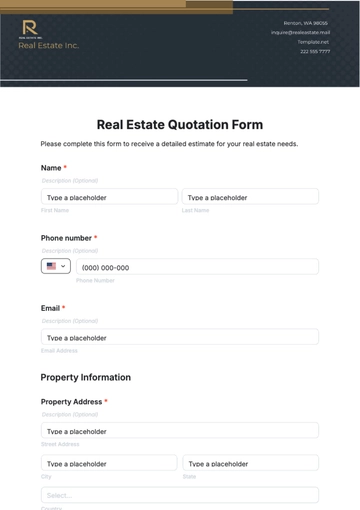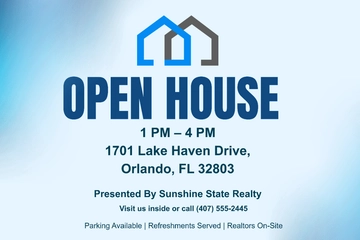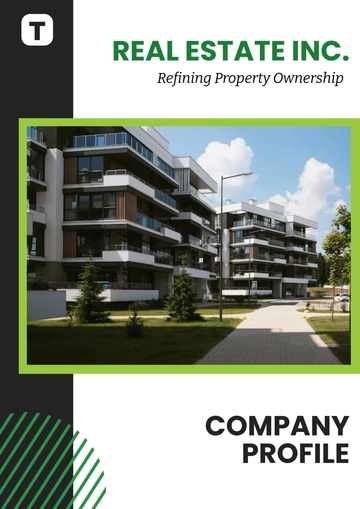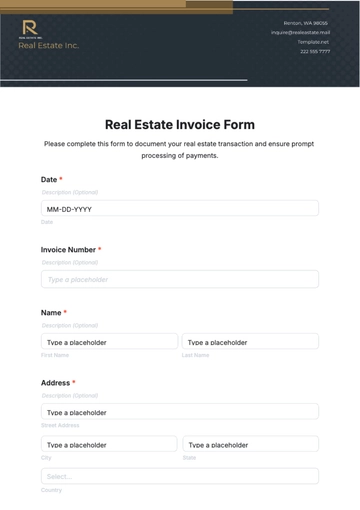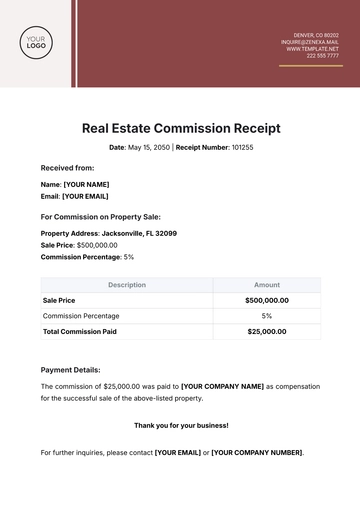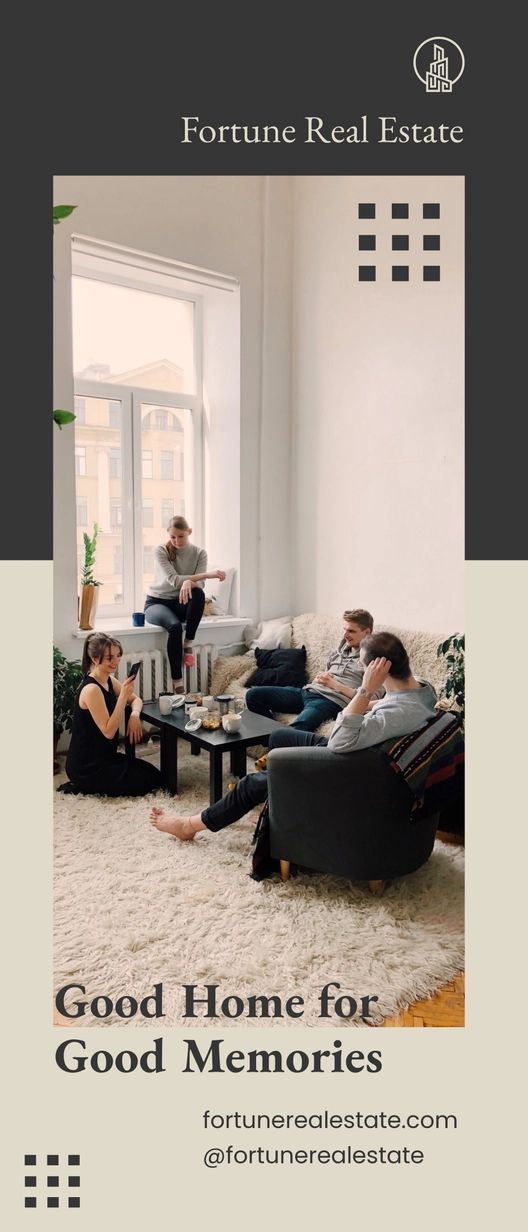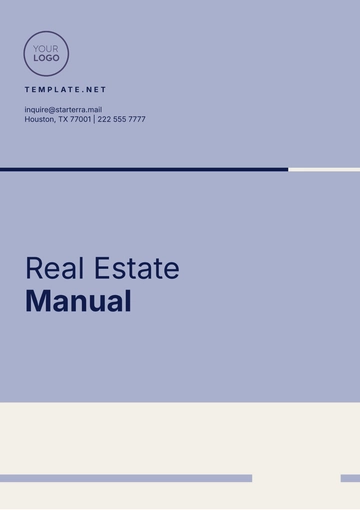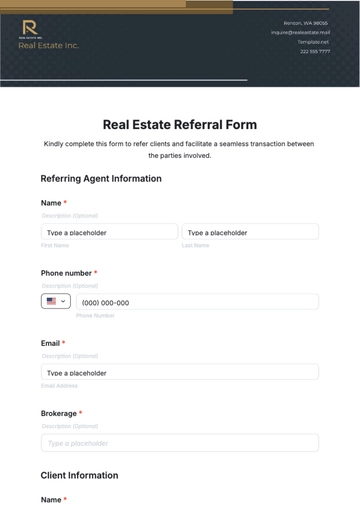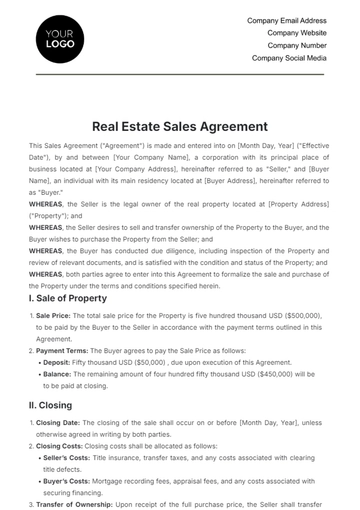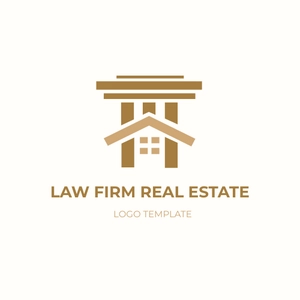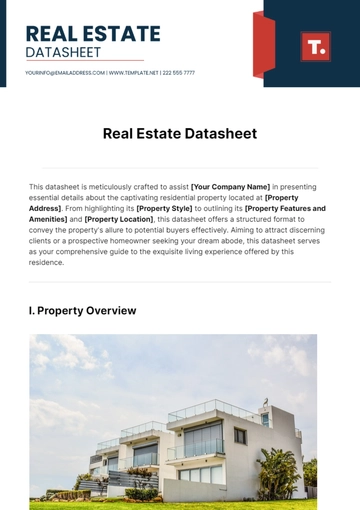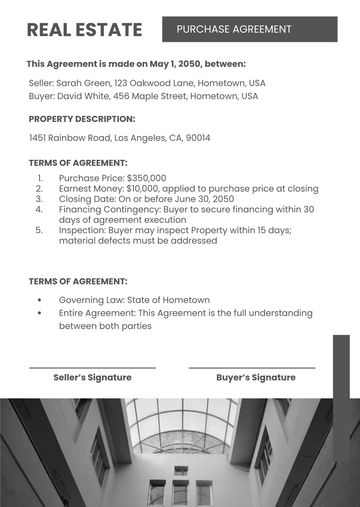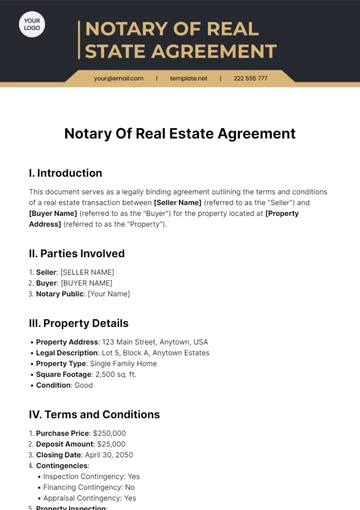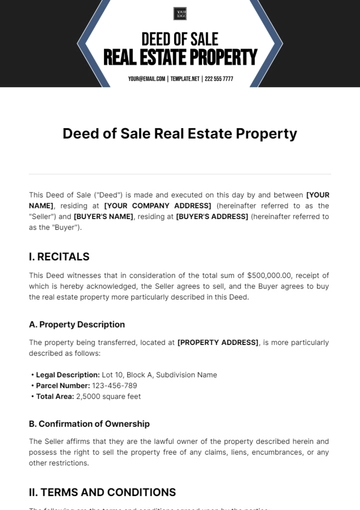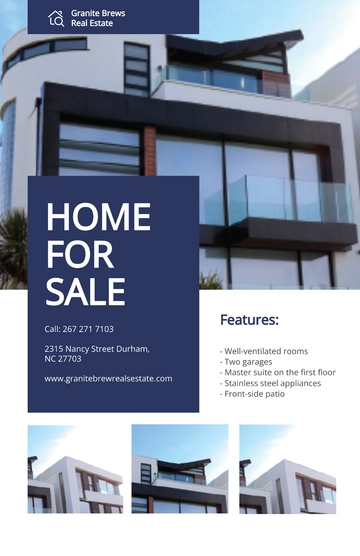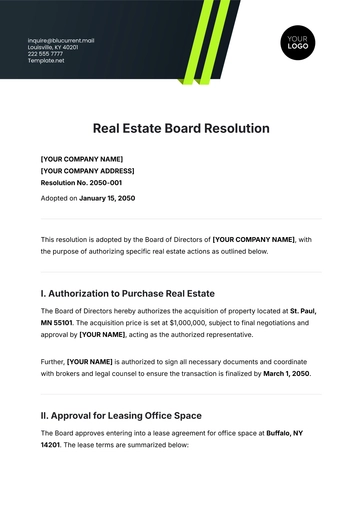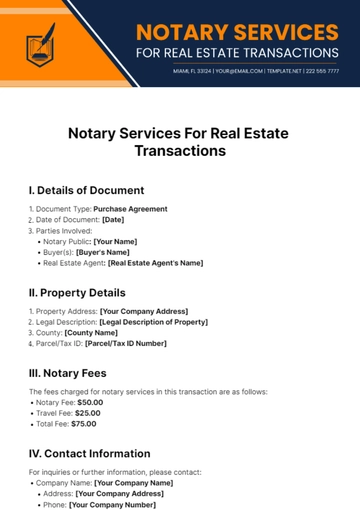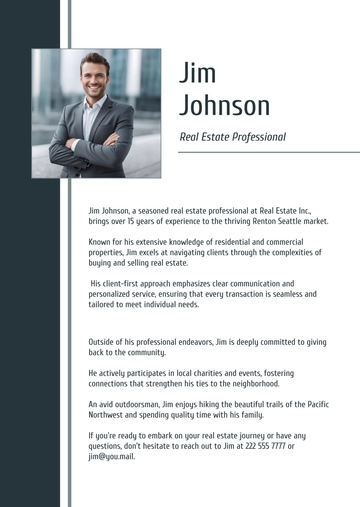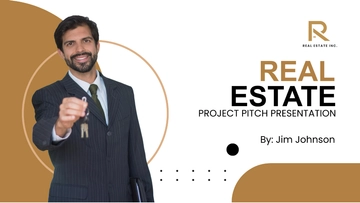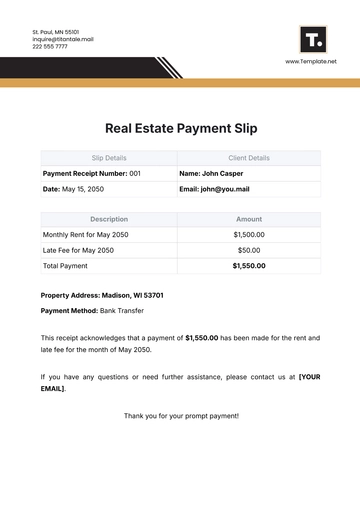Free Real Estate Case Study on Eco-Friendly Projects
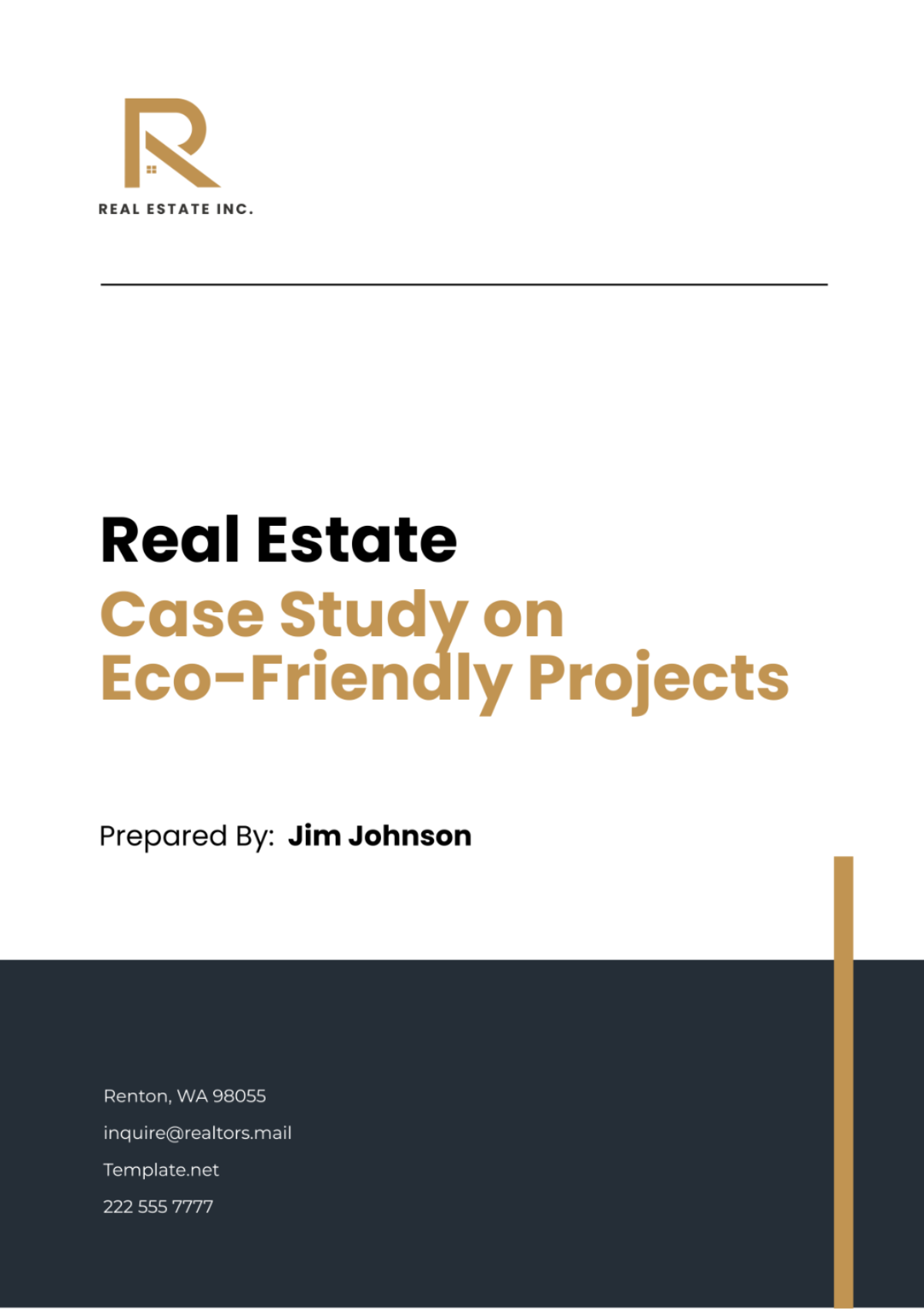
I. Introduction
The imperative for sustainability has never been more pronounced, especially within the real estate sector such as [Your Company Name], which has traditionally been a significant contributor to carbon emissions and environmental degradation. In response, the industry is witnessing a paradigm shift towards eco-friendly projects. These endeavors not only aim to minimize environmental impacts but also create healthier, more sustainable communities for future generations. This case study delves into the principles, practices, and impacts of eco-friendly real estate projects, shedding light on their significance in achieving global sustainability goals.
II. Defining Eco-Friendly Real Estate Projects
Eco-friendly real estate projects are distinguished by their holistic approach to sustainability, incorporating environmental, economic, and social considerations from the outset. They are designed to reduce the carbon footprint, conserve natural resources, and provide quality living spaces that promote well-being and community.
Key Characteristics:
Sustainable Design and Architecture: Strategies include passive solar design to maximize natural heating and cooling, green roofs to improve insulation, and the use of sustainable materials like bamboo flooring and recycled metal.
Water Conservation: Techniques involve installing low-flow plumbing fixtures, creating landscapes that require minimal irrigation, and implementing advanced water recycling systems to reduce consumption.
Energy Efficiency: Emphasizes the installation of LED lighting, high-efficiency HVAC systems, and smart home technologies that reduce energy use.
Environmental Preservation and Biodiversity: Includes setting aside land within development projects for conservation, using native plants in landscaping to support local ecosystems, and employing construction practices that minimize land disturbance.
III. Implementation Strategies
Successful eco-friendly real estate projects require meticulous planning and a commitment to sustainability at every stage of development.
Strategy | Description |
|---|---|
Integrated Planning | This involves comprehensive stakeholder engagement through public forums, workshops, and consultations to ensure the project meets both environmental goals and community needs. |
Innovation and Technology | The use of advanced building technologies, such as 3D printing with sustainable materials and the integration of renewable energy systems, plays a crucial role in reducing the environmental impact of real estate projects. |
Certification and Standards Compliance | Projects often strive for green building certifications, which serve as a benchmark for sustainability and can significantly enhance a project's marketability. |
Education and Awareness | Developers can organize sustainability workshops and provide resources for residents to promote sustainable living practices within the community. |
IV. Benefits of Eco-Friendly Projects
The implementation of eco-friendly practices in real estate development yields multifaceted benefits:
Environmental Benefits:
Reduced Carbon Footprint: Comprehensive energy-saving measures and renewable energy sources significantly lower CO2 emissions.
Enhanced Biodiversity: The integration of ecological corridors and native landscaping helps restore and maintain biodiversity, offering habitats for local fauna and flora.
Improved Air and Water Quality: Eco-friendly projects contribute to cleaner air through reduced vehicular emissions and better water quality by preventing runoff and promoting natural filtration.
Social Benefits:
Healthier Living Environments: The emphasis on natural light, air quality, and toxin-free building materials leads to healthier indoor environments, reducing the risk of respiratory diseases and improving overall well-being.
Community Engagement and Cohesion: Shared community gardens, renewable energy projects, and sustainability education programs foster a strong sense of community and collective environmental responsibility.
Accessibility and Inclusivity: Design considerations ensure that eco-friendly developments are accessible to all, including elderly individuals and those with disabilities, promoting inclusivity.
Economic Benefits:
Cost Savings: Energy and water efficiency translate into lower utility bills for residents, while durable, sustainable materials reduce maintenance and replacement costs.
Increased Property Value: Properties with green certifications typically enjoy higher resale values and attract a broader market of environmentally conscious buyers.
Job Creation: The demand for skilled professionals in green construction, renewable energy, and sustainability consulting supports economic growth and job creation.
V. Challenges and Solutions
While the benefits of eco-friendly real estate projects are clear, developers often face several challenges, including the higher initial costs of green technologies and materials, navigating complex certification processes, and changing public perceptions about sustainable living. Addressing these challenges requires innovative financing solutions, such as green mortgages and incentives for sustainable development, streamlined certification processes, and comprehensive public education campaigns to highlight the long-term benefits of eco-friendly living.
VI. Case Studies and Examples
The Edge, Amsterdam, Netherlands |
|---|
Overview: The Edge in Amsterdam is often cited as one of the greenest office buildings in the world. It achieved this reputation through its cutting-edge design and technology, focusing on energy efficiency and a highly sustainable working environment. |
Sustainability Features:
Impact: The Edge demonstrates how technology and design can be integrated to create a highly sustainable office environment. |
Bullitt Center, Seattle, USA |
|---|
Overview: Hailed as the greenest commercial building in the world, the Bullitt Center in Seattle pushes the boundaries of sustainable design. It operates entirely on renewable energy, with a focus on long-term environmental and financial sustainability. |
Sustainability Features:
Impact: The Bullitt Center not only serves as a highly efficient workspace but also educates the public about sustainable living practices. |
VII. Future Directions
Looking ahead, the real estate sector is poised for further innovation in eco-friendly development. Emerging trends include biophilic design, which seeks to connect inhabitants more closely with nature, and the use of AI and IoT to optimize building operations and enhance energy efficiency. As global environmental challenges intensify, the role of eco-friendly real estate projects in promoting sustainability and resilience will only grow in importance. Collaborative efforts among developers, governments, and communities will be crucial in scaling up the adoption of green practices and technologies.
VIII. Conclusion
Eco-friendly real estate projects represent not just a trend but a fundamental shift in how we envision living spaces. By prioritizing the environment, well-being, and community, these projects challenge conventional development practices and offer a blueprint for a sustainable future. As this case study has explored, the implementation of eco-friendly principles in real estate delivers profound benefits across environmental, social, and economic dimensions. However, the journey towards widespread sustainable development also presents challenges, from financial and regulatory hurdles to the need for societal shifts in perception and value.
The evolution of eco-friendly real estate is a testament to human ingenuity and our capacity to adapt and innovate in the face of global challenges. The projects highlighted within this study not only demonstrate the feasibility of sustainable development but also underscore the critical role that the built environment plays in achieving broader sustainability goals. Looking forward, the continued expansion of eco-friendly real estate practices offers a hopeful vision of urban development that harmonizes with nature, enhances quality of life, and supports the well-being of the planet.
As we advance, it will be essential for stakeholders in the real estate sector to continue exploring new technologies, materials, and methods that push the boundaries of sustainability. Moreover, fostering a culture of collaboration and sharing best practices will be key to overcoming obstacles and accelerating progress. The lessons learned from pioneering eco-friendly projects can inform and inspire future developments, contributing to a cumulative body of knowledge that guides the real estate industry towards a more sustainable and equitable future.
In conclusion, eco-friendly real estate projects embody a crucial step towards sustainable living, offering viable solutions to some of the most pressing environmental challenges of our time. Through concerted efforts and continued innovation, the real estate sector such as [Your Company Name] has the potential to lead by example, transforming our built environment into a catalyst for positive change. As we move forward, the principles and practices outlined in this case study will serve as essential components in the toolkit of developers, architects, policymakers, and communities dedicated to building a sustainable future for all.
- 100% Customizable, free editor
- Access 1 Million+ Templates, photo’s & graphics
- Download or share as a template
- Click and replace photos, graphics, text, backgrounds
- Resize, crop, AI write & more
- Access advanced editor
Illustrate green achievements with Template.net's Real Estate Case Study on Eco-Friendly Projects Template. This meticulously designed template is fully customizable and editable via our Ai Editor Tool, enabling you to highlight sustainable projects' success and innovation. Perfect for showcasing environmental stewardship and forward-thinking practices in real estate, exclusively available at Template.net.

